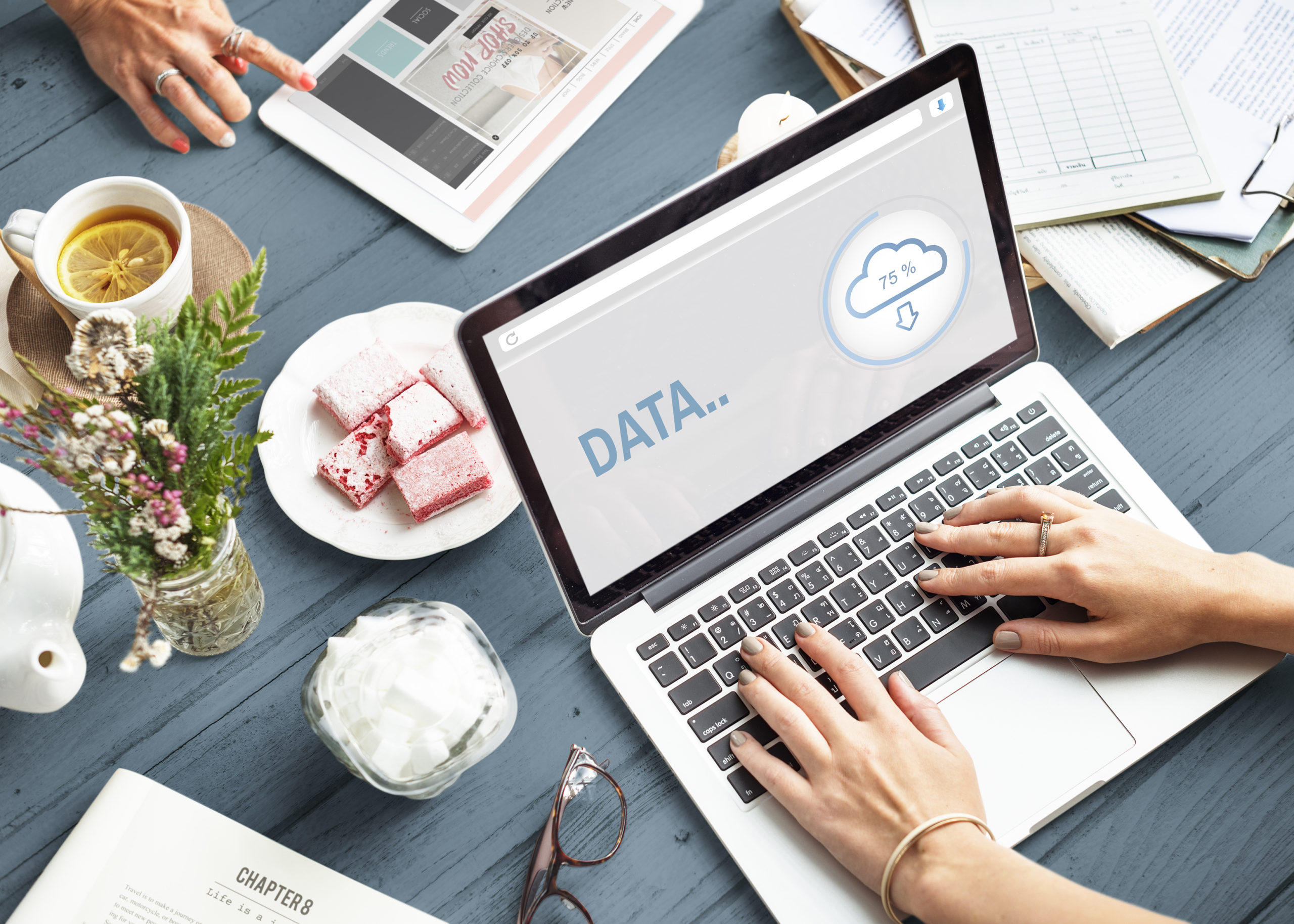Technology has drastically changed the business landscape and continues to shape it with every advancement. From automation to artificial intelligence, technology reimagined the way people go about their businesses.
Tedious tasks like setting-up email campaigns, updating spreadsheets, and collecting data no longer have to be done manually. All these can be accomplished swiftly and accurately at a push of a button.
For small business owners, leveraging technology is crucial in growth. Modern-day tech streamline business processes, facilitate communication, and broaden customer reach.
These translate to reduced overhead costs and better sales, all while providing a robust infrastructure for expansion.
Technology has also empowered consumers to gain more control over the buyer’s journey. Information is now readily accessible, giving people the autonomy to choose their shopping experiences and how they’ll engage with brands.
With both consumers and competitors eager to try out the latest technology, being in-the-know gives you the upper hand. Such technologies can aid you in implementing your own business innovations and streamlining your processes.
In this blog, we list the top seven technologies that have disrupted the world of business and how companies have integrated them into their strategy.
1. Artificial Intelligence
Artificial Intelligence (AI) is a branch of computer science that deals with developing machines programmed to exhibit human intelligence. Such computer systems are capable of performing tasks that require human operation independently.
AI has an array of business applications. Chatbots, which are a staple feature in most of today’s websites, are powered by AI. They can attend to questions, give personalized recommendations, and provide immediate customer service.
Chatbots are a perfect example of how the three fields of AI work together. Automation, data analytics, and natural language processing grant chatbots the power to perform multiple functions.
You can also program AI to forecast consumer behaviors, transfer and cross-reference data, and detect fraud.

2. Robotic Process Automation
Robotic Process Automation (RPA) is one specific application of AI. It is used for automating mundane business processes through a software programmed with machine learning and artificial intelligence.
RPA is governed by business logic and specified rules. Its structure is made to handle high-volume, recurring tasks, making it the perfect solution to automate accounting, transactional reporting, maintaining records, and others.
Companies leverage this technology to reduce labor costs and focus manpower on higher-level functions. This way, employees are more productive and businesses move more efficiently.
RPA also ensures that companies abide by set standards and regulations, and provides the necessary infrastructure to accommodate an influx of requests and growth. What’s good about RPA is that it improves upon existing processes without disrupting other systems used by the company.
3. Augmented and Virtual Reality
Perhaps the most exciting business innovations are those involving augmented and virtual reality. While these two terms are often interchanged, they aren’t the same.
Augmented reality (AR) simply adds elements to the real-world whereas virtual reality (VR) creates completely immersive digital environments for users to interact with.

The popular game Pokémon Go and the filters we use on social media are made possible by AR. In retail, stores like IKEA use AR for product visualization. Their mobile app allows customers to view furniture inside their homes to scale.
Meanwhile, VR is commonly seen in the tourism industry. Select hotels promote their business by posting 360-degree videos of their rooms and amenities. Viewers can move around and get a feel of the destination before booking their stay.
4. Digital Twin
Digital twin technology combines AR and VR plus 3D graphic and data modelling to replicate a process, product, or service. Essentially, it creates a virtual model of physical objects or systems which behave exactly like their material counterparts.
A digital twin is fed past, present, and future data using archives, real-time updating, and machine learning inputs. In turn, it can not only show present performance, but also predict future outcomes and potential flaws.
This technology is widely used in manufacturing to improve product quality and the efficiency of production lines.
Customized products and new business strategies can be simulated before launch, giving you the opportunity to fine-tune them to perfection. And because everything is virtual, creative business innovations can take shape with less risk to the company.
5. Cloud Storage
Cloud storage gives businesses a centralized location to store data and share it with concerned stakeholders. Many large and small companies have started investing in this technology to save money on hardware and storage maintenance costs.

With cloud storage, people can access files and documents without necessarily dominating the memory capacity of their devices. What’s more, team members can collaborate in real-time wherever they may be.
Depending on your cloud hosting provider, you can have unlimited storage, backup files automatically, and enable cross-platform syncing.
If you don’t need a lot of storage space, you can avail of lower-end plans then gradually scale up as you expand. Security measures also vary depending on your service provider. Be sure to look into advanced system configuration settings especially when handling sensitive data.
6. Blockchain
Blockchain is a digital ledger that records and stores information such that inputs are difficult or impossible to change.
Each block contains transactional information like the date, time, amount spent, and the parties involved in a transaction. It will then be assigned with a unique hash (or cryptography signature) before getting linked to other blocks. Once it’s in the chain, it will also save the hash of the previous block connected to it.
A copy of the chain is sent to every user in a network, allowing everyone to verify data and check for anomalies.
Blockchain makes it difficult for attackers because the slightest change in information results in a different hash. To circumvent the system, someone would have to produce proof of work for every subsequent block as well as gain control of more than 50% of the peer-to-peer network.
This technology has addressed security issues for cryptocurrency and online payments which is why it’s discussed mostly in the context of Bitcoin. It does, however, have other potential applications such as in supply chain management, bookkeeping, and drafting contracts.
7. 5G Connectivity
5G is the new global wireless standard for mobile networks. It delivers faster speeds, lower latency, and is able to connect more devices all at once. Although the number of 4G users are still greater, business owners have long been preparing for the impact of 5G on businesses and consumer behavior.
Said upgrades are expected to facilitate companies in integrating other sophisticated technologies into their operations.
Of course, this would also mean that consumers would have higher expectations. Business owners must be prepared to optimize websites and apps for responsitivity and produce more interactive and engaging content.
Fast-paced technological advancements are slowly bringing to life what was previously only imagined in science fiction. To keep your business competitive, you need to be fast in revamping your strategies to fit the times.

Have an innovative business idea in mind? Let us help you get on the right track. Contact Devwerkz Web Design and Development today to get your website or app started.